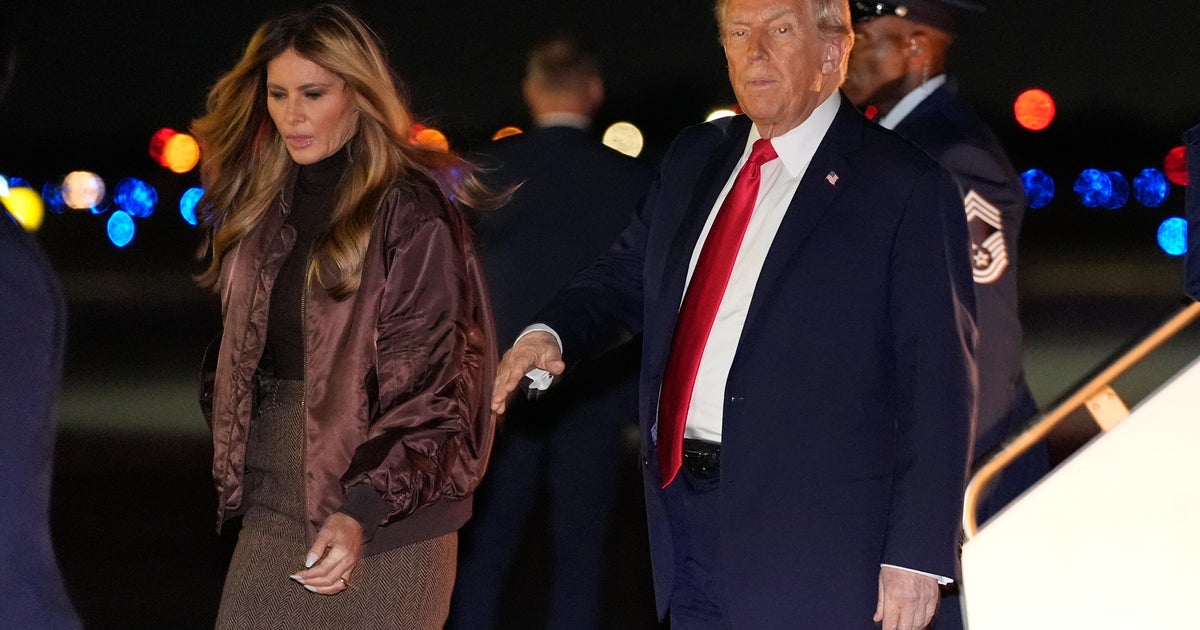Meanwhile, the mood was almost chipper at the recent Battery Show North America 2025 in Detroit. The halls were packed and the number of exhibitors jumped to 1,350 from the 1,150 a year earlier.
The industry seems to be looking beyond Donald Trump, and shrugging off the last hurrah of the combustion engine.
There was a hum of optimism over the latest lithium manganese-rich (LMR) batteries, which are being developed by Ford and GM – with Korea’s LG – and expected to hit the market by 2028.

The danger for China is that it is sinking eye-watering sums into technologies that are no longer cutting-edge and is wasting resources on vast overcapacity that will never find a market.Credit: NYT
These eliminate cobalt, which mostly comes from the Democratic Republic of the Congo and is controlled by China. They essentially halve the need for expensive nickel from Indonesia.
They use lots of cheap and ubiquitous manganese, a hard and brittle silvery metal, instead – but still surpass a 400 mile range. It has taken 10 years, but researchers have finally overcome the voltage loss and short life-cycle of manganese batteries.
Loading
The technology has effectively leap-frogged the lithium iron phosphate (LFP) batteries that have swept the mass market in China, and are entirely dominated by Chinese companies. The upstart US rival has an energy density one third higher but for the same cost.
The British start-up Anaphite in Bristol is the world pioneer in a new technique that slashes cell production costs 40 per cent by replacing the wet coating inside batteries with an electrode film made of dry power. China is not even close, and the invention is not easy to copy.
“It has a massive impact on energy costs,” said Dr Ben Walsh from the UK’s Battery Innovation Programme. “You don’t need 400 meters of ovens any more to dry off the moisture from the liquid coating. Anaphite really is a fantastic company with a technology that is all home-grown.”
We can debate whether China has locked up the global market and supply chain for lithium-ion batteries and is now uncatchable, but it has certainly not locked up the future of solid-state batteries – whatever some sharp actors may claim in their press releases.
The West is competing toe to toe and may well pull ahead.
The UK’s solid-state champion Ilika has already begun an operational pilot line for its oxide solid electrolyte. It aims to cut £2,500 off the cost of a large battery pack and lower the weight of an EV by 100 kilograms.
There are of course formidable rivals in the US, Europe and the Far East, all chasing the enormous prize. BMW has teamed up with America’s Solid Power and Korea’s Samsung on a sulfide-based solid electrolyte, aiming to double energy density to 500 watt-hours per kilogram (Wh/kg).
Amprius Technologies in California is also nibbling at 500 Wh/kg, a level that halves the weight of a battery and consigns range angst to the memory bin. But the UK is the thick of it at multiple stages of the chemistry supply chain.
“There is far too much doom and gloom about EVs and batteries in this country. We have really got our act together, with some of the best professors and universities anywhere,” said Dr Walsh.
“Europe is spending billions on this but it is not well coordinated. We’re actually way ahead at them, and people are taking notice around the world. We should be thinking about this as a massive opportunity for the UK to attract plants,” he added.
The danger for China is that it is sinking eye-watering sums into technologies that are no longer cutting-edge and is wasting resources on vast overcapacity that will never find a market.

China is struggling to make the leap forward to solid state batteries and the next generation of advanced energy storage.Credit: Bloomberg
China’s battery production capacity last year reached 1.17 terawatt hours, greater than the world’s entire demand. It is targeting 6.3 terawatt hours and 400 gigafactories by the end of the decade in one of the most extreme episodes of indiscriminate over-building in history.
Communist Party planners seemed to have learned little from their conquest of the global ship-building market, a strategy backed by subsidies, give-away energy, and opaque help of all kinds that has ended in a revenue bloodbath for loss-making behemoths.
China’s share of global ship sales is currently in freefall. The momentary dominance is slipping through their fingers.
George Magnus from Oxford University’s China Centre said this industrial policy has been gobbling up some 7 to 8 per cent of GDP. The market discipline of Schumpeterian clearance has been blocked, allowing industrial deformation to fester.
China’s leaders may also find that their ruthless, state-driven, decade-long drive to control global supplies of the minerals and materials needed for EV production is less useful than they thought, and in some cases completely useless. These metals are not all so critical after all.
China’s weaponisation of rare earths and its curbs on battery technology – not just in retaliation against Trump, but against the whole democratic world – has alerted everybody to its wolf warrior intentions.
You cannot replace the mask once you have ripped it off. American and European companies will guard their technological secrets more closely this time.
Loading
The danger for the West is that it will succumb to the siren voices of defeatism and start to believe that it is already too late to compete with China in the electrotech revolution.
The most certain road to economic decline is to do what China’s Qing Dynasty did in the 19th Century – but Japan did not do under the Meiji Restoration – which was to put up its head in the technological sand and cling to a dying order.
The West still has everything to play for in the long fight for EV supremacy, so long as we can all block out the deafening noise of the culture war.


















































